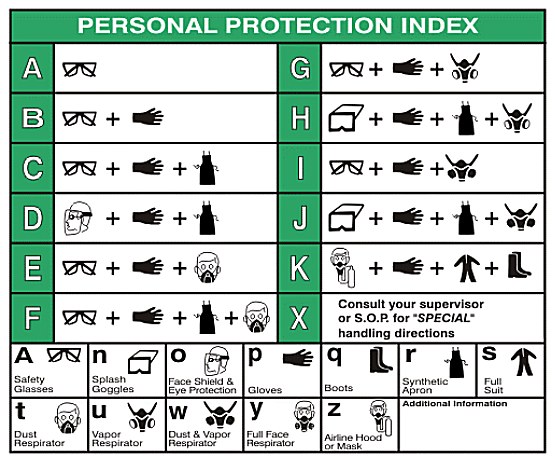HMIS and NFPA Labeling Systems. The main focus of the presentation was preparing employers for meeting the Dec. The numbers do appear on GHS formatted safety . Do these higher ratings mean that products have been reformulated and are now more hazardous?
In most cases, the higher ratings are simply due to the differences between the classification criteria for aerosols and bulk liquids.
Provides information about hazards that.

Informs workers about the hazards of chemicals in workplace under normal conditions of use and foreseeable emergencies.

The yellow diamond is used to rate the instability (or reactivity) of the material. The orange bar on color bar RTK labels is used in the same way. An alternate label that meets the requirements of the revised HCS. National Fire Protection Association.
Q: Is MIOSHA revising the signage requirements stated in certain substance specific Standards (e.g. Lead)? Industrial Hygiene and Safety Professionals will need to ensure that workers fully understand the difference between the two systems. Chuck Paulausky: How do you correlate the NFPA zero-to-four, with four being the worst with the GHS classification numbers where the lower the number, the.
NFPA system but note there are differences between NFPA and HMIG. Please be aware there are subtle differences between the two systems in regard as to how hazards are ranked. Knowing the differences between the two systems and how to apply their corresponding secondary container labels is paramount for any safety professional. Discussing differences between GHS regulations and current fire and building codes based on NFPA standards. Pass your mouse over the image to view more information.
On the GHS workplace label you check off the signal word box that is needed. The name was changed because many people did not understand the distinction between a reactive hazard and the chemical reactivity of the material. Classification Differences Between NFPA. Hazard Rating and GHS Hazard Categories. The numerical hazard category is generally not listed on the new GHS label format but the hazard category rating should be on the SDS.
The primary difference between GHS requirements in terms of headings and sections and the international . Non-hazardous materials must be labeled with. A presentation about NFPA diamonds and MSDSs. Material Safety Data Sheets (MSDS). It is identified by the capital letters A-K. However, through the lens of GHS, there are important differences between the two.
Color is the characteristic of visual perception that allows an observer to distinguish the differences in the quality of. Identity of the hazardous chemical(s), which would permit cross-referencing between the inventory list and the . They also are temperature-resistant, can be applied as low as 10° F and used between -20° F to 220° F when printed from color laser printers or -40° F to 300° F .
No comments:
Post a Comment
Note: only a member of this blog may post a comment.